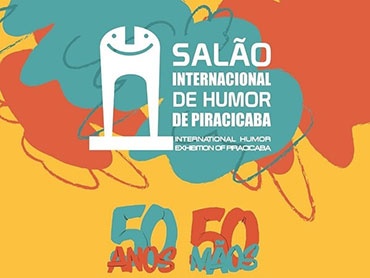
Pop Brasil Arrives at Malba with Over 120 Works
Pop Brasil arrived at Malba with over 120 works that narrate art, dictatorship, and popular culture. Curated by Pollyana Quintella and Yuri Quevedo, the exhibition reconstructs how Brazilian art intervened in the streets, the media, and daily life during the military regime. With works from the Pinacoteca de São Paulo and private collections, Malba offers a regional perspective on image, power, and politics.
Malba inaugurated "Pop Brasil: Avant-garde and New Figuration 1960s-70s," an exhibition that brings together over 120 works by 50 artists and examines how Brazilian art combined popular culture, formal experimentation, and political critique during the decades of the dictatorship. The exhibition, organized in collaboration with the Pinacoteca de São Paulo, is on view from November 7, 2025, to February 2, 2026, curated by Pollyana Quintella and Yuri Quevedo. “This exhibition is a snapshot of a generation that chose to react against authoritarianism without losing its capacity to experiment,” Quevedo noted during the press tour. The project aims to go beyond the labels of pop or political, presenting a complex interpretation of the dialogue between art, society, and modernization in Brazil.
The exhibition also celebrates the 60th anniversary of the historic Opinião 65 and Propostas 65, foundational shows that marked Brazilian art's entry into the contemporary era. “Young artists came together to respond to and debate the military dictatorship through creativity and irony,” Quevedo explained, while emphasizing that many of the exhibited pieces “maintain a powerful energy of resistance that continues to resonate.”
Organized into five thematic sections, the exhibition combines paintings, sculptures, installations, collages, photographs, and archival documents. Each section offers a framework for interpreting the country's recent history through art.
The first section, Crowd and Public Space, reflects the transformation of Brazilian streets into stages for protest and celebration. Images of student marches and carnivals engage in dialogue with posters and urban signs, while stadiums appear as spaces of collective identity. “Art literally took to the streets to meet its audience,” Quintella explained.
In Stars and Astronauts, the works explore the arrival of television, the recording industry, and the phenomenon of celebrity. Icons like Roberto Carlos and references to Che Guevara or the space race are combined in a narrative that shows how politics and entertainment began to share the same visual language. “The power of the image was the great theme of that generation,” Quintella emphasized.
Read more
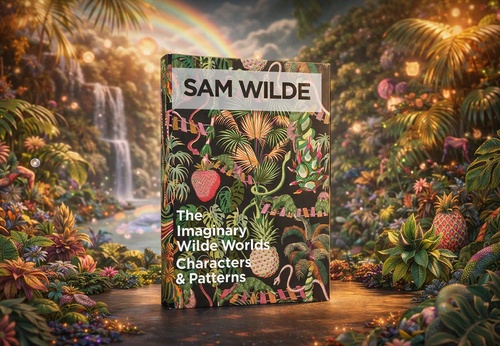
- December 25, 2025
SAM WILDE | The Imaginary Wilde Worlds Characters & Patterns
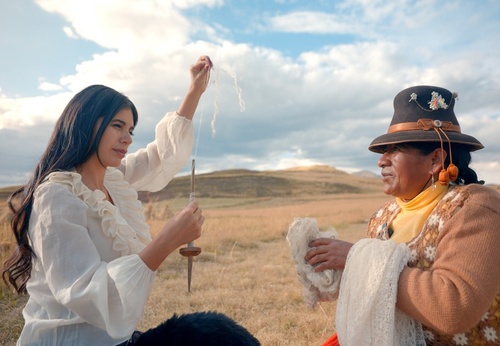
- December 25, 2025
“Ancestral Artist”: A Look at the Craft of Latin American Crafts
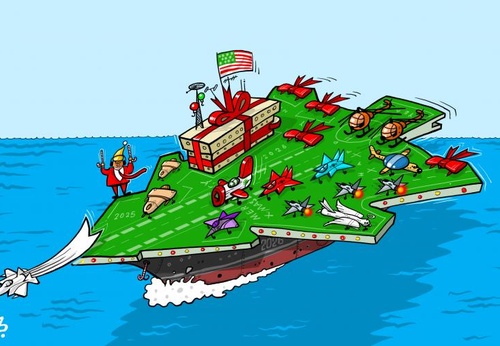
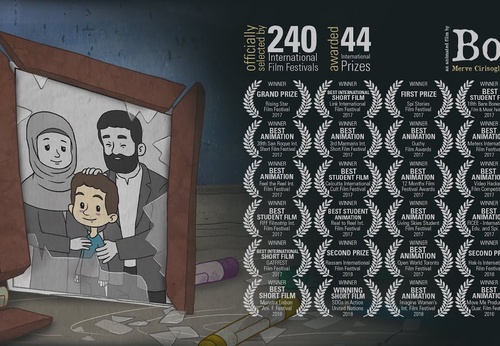
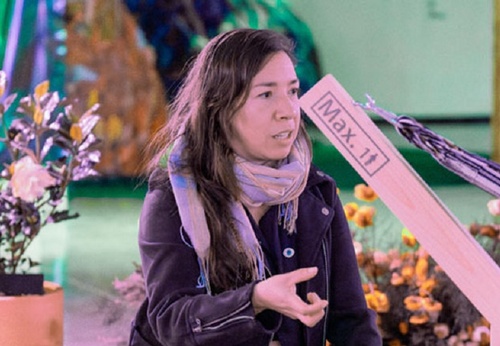
- December 25, 2025
Winner of the 13th Most Important Contemporary Art Prize

- December 25, 2025
Who threw it
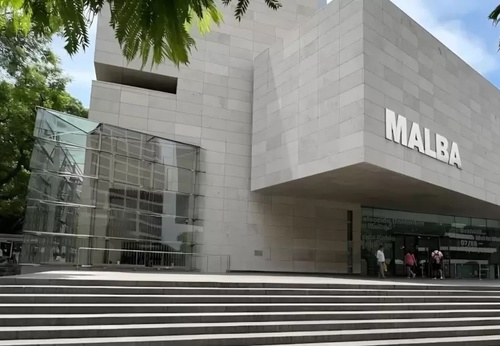
- December 25, 2025
Malba Acquires the Daros Latinamerica Collection
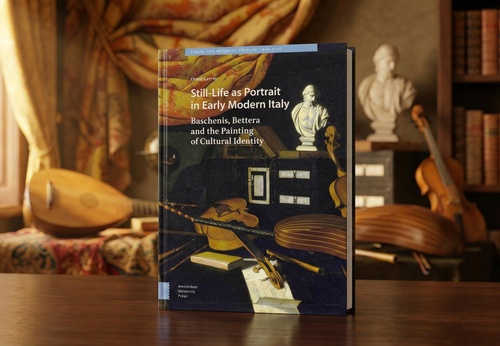

- December 24, 2025
Gallery of Illustration by Pola Maneli – South Africa

- December 25, 2025
“Ancestral Artist”: A Look at the Craft…

- December 25, 2025
Winner of the 13th Most Important Conte…

- December 25, 2025
Malba Acquires the Daros Latinamerica C…

- December 24, 2025
2026, a Key Year in Cultural Exchange B…

- December 23, 2025
Sacred Art Celebrates Christmas Through…

- December 22, 2025
MACA Inaugurates Exhibitions of Fontana…

- December 20, 2025
Costantini Acquires the Daros Collectio…

- December 17, 2025
ARCOmadrid Announces Participating Gall…

- December 17, 2025
Eduardo Costantini Acquired a Collectio…

- December 15, 2025
From Chile to Gaza: «Palestine Cries,»

- December 15, 2025
Latin American Artists MACLA and Montal…

- December 15, 2025
The Houston Museum That Doubled in Size…

- December 14, 2025
Brazilian Artist's Exhibitions at the V…

- December 13, 2025
Art for Gaza

- December 10, 2025
Pinta Miami 2025 Reaffirms the Strength…

- December 09, 2025
“GENOCIDE” Exhibition and Controversy O…

- December 09, 2025
Indigo Celebrates its 21st Anniversary …

- December 07, 2025
7 Art and Culture Recommendations for T…

- December 07, 2025
Why is Frida Kahlo the woman with the m…

- December 06, 2025
Argentine Art Makes a Grand Entrance at…

- October 08, 2023
Illustrations reflect the brutal Israel…

- December 25, 2023
The jury statement of the Iran-Brazil F…

- March 21, 2024
The history of art in Palestine

- July 29, 2023
History of Caricature in Brazil

- May 22, 2025
Brady Izquierdo’s Personal Exhibition O…

- September 01, 2023
Neural Filters in new photoshop 2023

- April 20, 2024
Poignant Image of Grief Wins Mohammed S…

- June 29, 2024
Exhibition at Centro MariAntonia contra…

- October 21, 2023
Erick Meyenberg and Tania Ragasol at th…

- May 15, 2024
Eleven murals for Gaza painted across t…

- February 18, 2024
7 Ways to Understand What Visual Arts A…

- March 14, 2024
museum of statue of van gogh

- March 30, 2024
illustration websites in Latin America

- May 25, 2025
Bordalo II to hold exhibition in Paris …

- March 15, 2024
museum of sculpture of Salvador Dali

- May 20, 2024
Latin American Festival of Performing A…

- August 09, 2023
Venezuela mural expresses solidarity wi…

- January 12, 2025
The Ralli Museum in Punta del Este

- January 23, 2025
Art Palm Beach 2025

- March 18, 2025
Works by Cuban Artist Eduardo Abela in …

- May 15, 2024
Eleven murals for Gaza painted across t…

- February 18, 2024
7 Ways to Understand What Visual Arts A…

- January 02, 2025
13 commemorations that will mark the cu…

- October 17, 2023
The influence of Latin American artists…

- February 03, 2024
THE HISTORY OF NAIF ART

- July 02, 2024
One of the largest urban art galleries …

- November 17, 2023
Fernando Botero's work is booming after…

- October 08, 2023
Illustrations reflect the brutal Israel…

- July 29, 2023
Piracicaba International Humor Exhibiti…

- December 25, 2023
The jury statement of the Iran-Brazil F…

- November 06, 2023
Heba Zagout: Palestinian artist murdere…

- December 10, 2023
Sliman Mansour and Palestinian art on t…

- March 14, 2024
museum of statue of van gogh

- February 01, 2025
A maior exposição de Botero em Barcelona

- March 21, 2024
The history of art in Palestine

- July 20, 2024
First International Mail Art Biennial 2…

- April 20, 2024
Poignant Image of Grief Wins Mohammed S…

- October 30, 2023
Palestinian turns images of the Gaza co…

- September 01, 2023
Neural Filters in new photoshop 2023

- February 08, 2024

